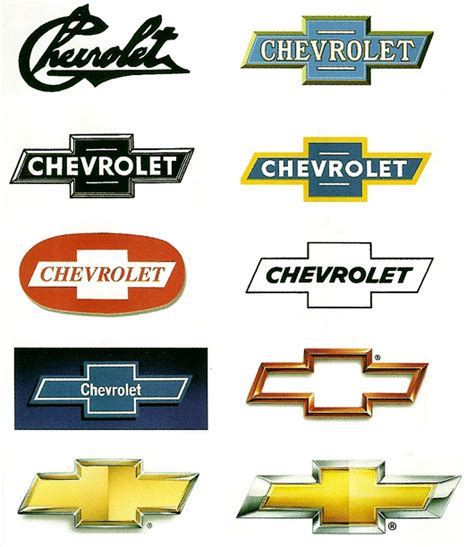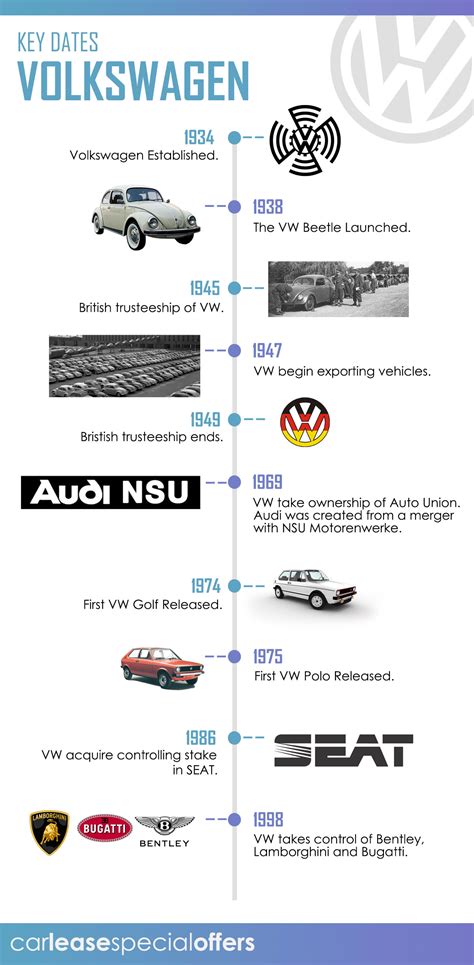Explore the origins, evolution, impact, challenges, and legacy of Pontiac’s contribution to automotive design in this insightful blog post.
The Origins of Pontiac
Contents
The Origins of Pontiac can be traced back to the early 20th century when the car company was founded by Edward M. Murphy in 1907. Originally named the Oakland Motor Car Company, the brand was later renamed to Pontiac after the chief of the Ottawa tribe, Chief Pontiac. The company was a subsidiary of General Motors and quickly gained popularity for its affordable, reliable vehicles.
As the demand for automobiles grew, Pontiac adapted to the changing market and expanded its lineup to offer a variety of models to cater to different customer needs. The brand’s commitment to innovation and quality craftsmanship led to the production of iconic models such as the Pontiac GTO, which became known as the first muscle car and revolutionized the automotive industry.
In the early years, Pontiac capitalized on its success and established a strong presence in the automotive market. The company’s dedication to performance and style allowed it to carve out a niche for itself, attracting a loyal customer base and setting the stage for future success.
Despite facing challenges and changes in leadership over the years, Pontiac remained a prominent force in the automotive industry, leaving behind a lasting legacy for its contributions to car design and engineering.
The Evolution of Pontiac Models
The evolution of Pontiac models is a fascinating journey that spans over many decades. It all started with the introduction of the first Pontiac model in 1926, the Series 6-27. This car was the beginning of the brand’s legacy, and it set the stage for future innovations and advancements.
As time went on, Pontiac continued to introduce new models that were designed to meet the changing needs and preferences of consumers. In the 1950s, the brand gained popularity with the introduction of iconic models such as the Bonneville and the Catalina. These cars were known for their sleek designs and powerful engines, setting the standard for Pontiac‘s future models.
In the 1960s and 1970s, Pontiac continued to innovate with the introduction of the Firebird and the GTO, two models that became synonymous with American muscle cars. These models were a reflection of the changing automotive landscape, and they showcased Pontiac‘s commitment to performance and style.
The 1980s and 1990s saw Pontiac embrace the era of aerodynamics and technological advancements with models like the Grand Prix and the Sunfire. These cars were designed to be fuel-efficient and practical, while still maintaining the brand’s reputation for quality and reliability.
Throughout its history, Pontiac has continued to evolve and adapt to the ever-changing automotive industry. The brand’s models have always been a reflection of the times, and they have left a lasting impact on car enthusiasts and collectors around the world.
Pontiac’s Impact on Automotive Design
Pontiac has made a lasting impact on the automotive industry with its innovative designs and forward-thinking approach to car manufacturing. One of the key aspects of Pontiac’s impact on automotive design is its focus on creating vehicles that were both stylish and performance-driven. The company’s emphasis on aerodynamics and sleek, modern lines set it apart from other manufacturers of the time, and this commitment to design excellence continues to influence the automotive industry today.
Another significant contribution of Pontiac to automotive design is its pioneering use of advanced materials and technologies. Pontiac was one of the first car companies to embrace the use of lightweight, durable materials such as fiberglass and aluminum, which allowed for the creation of stronger, more efficient vehicles. This dedication to innovation in materials and construction has had a lasting impact on the way cars are designed and built across the industry.
In addition to its focus on aesthetics and materials, Pontiac also played a key role in shaping the future of automotive design through its development of cutting-edge features and technologies. From the introduction of the first hood-mounted tachometer to the integration of electronic fuel injection systems, Pontiac has consistently been at the forefront of automotive innovation, setting new standards for performance, comfort, and convenience.
The legacy of Pontiac’s impact on automotive design can be seen in the continued emphasis on sleek, aerodynamic designs, lightweight construction, and innovative features in modern cars. The company’s commitment to pushing the boundaries of car design and engineering continues to inspire and influence the automotive industry, ensuring that Pontiac’s impact on automotive design will be felt for generations to come.
Challenges Faced by Pontiac
Pontiac faced several challenges throughout its history, one of the main challenges being the 2008 financial crisis which led to the collapse of the entire company. The economic downturn and changing consumer preferences led to a decrease in demand for Pontiac vehicles, ultimately contributing to its demise. Additionally, the brand struggled to differentiate itself from other General Motors vehicles, leading to internal competition and confusion among consumers.
Furthermore, Pontiac faced challenges in adapting to strict environmental regulations and fuel economy standards. The brand’s reputation for producing powerful, high-performance vehicles clashed with the increasing demand for fuel-efficient and environmentally-friendly cars. This resulted in Pontiac’s struggle to find a clear brand identity and meet the evolving needs of the market.
In addition, internal management and leadership issues also posed significant challenges for Pontiac. The brand experienced frequent changes in leadership, which led to a lack of consistent vision and direction. This, in turn, affected the brand’s ability to stay relevant and competitive in the automotive industry.
Lastly, the increasing globalization of the automotive industry posed challenges for Pontiac. The brand faced tough competition from foreign manufacturers and struggled to maintain its market share in an increasingly crowded and competitive market. This, coupled with the aforementioned internal and external challenges, ultimately led to the discontinuation of the Pontiac brand.
Legacy of Pontiac’s Contribution
The Legacy of Pontiac’s contribution to the automotive industry is undeniable. It has left a lasting impact on the design and performance of modern vehicles. Despite the challenges faced by the company, its influence on automotive design and engineering continues to be felt today.
One of the key contributions of Pontiac is its focus on creating powerful and stylish vehicles that captured the imagination of car enthusiasts. The company’s commitment to innovation and excellence set it apart from its competitors, and its legacy lives on in the form of iconic models that continue to be admired by car aficionados.
Pontiac also played a significant role in popularizing the use of advanced technologies and features in automobiles. The company’s commitment to pushing the boundaries of automotive engineering has had a lasting impact on the industry, inspiring other manufacturers to strive for excellence in design and performance.
The Legacy of Pontiac lives on not only in the form of classic cars that are cherished by collectors, but also in the enduring influence it has had on the automotive industry as a whole. Its innovative spirit and dedication to quality continue to be an inspiration for car manufacturers and enthusiasts around the world.













